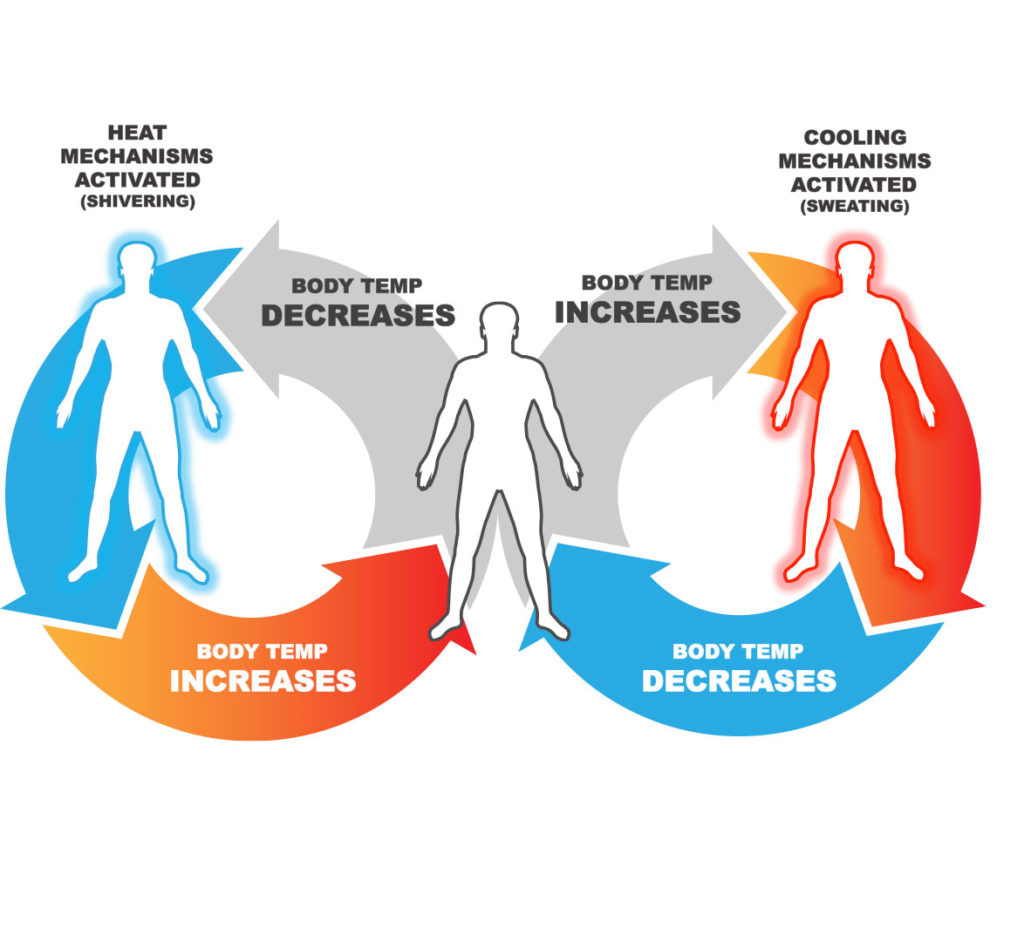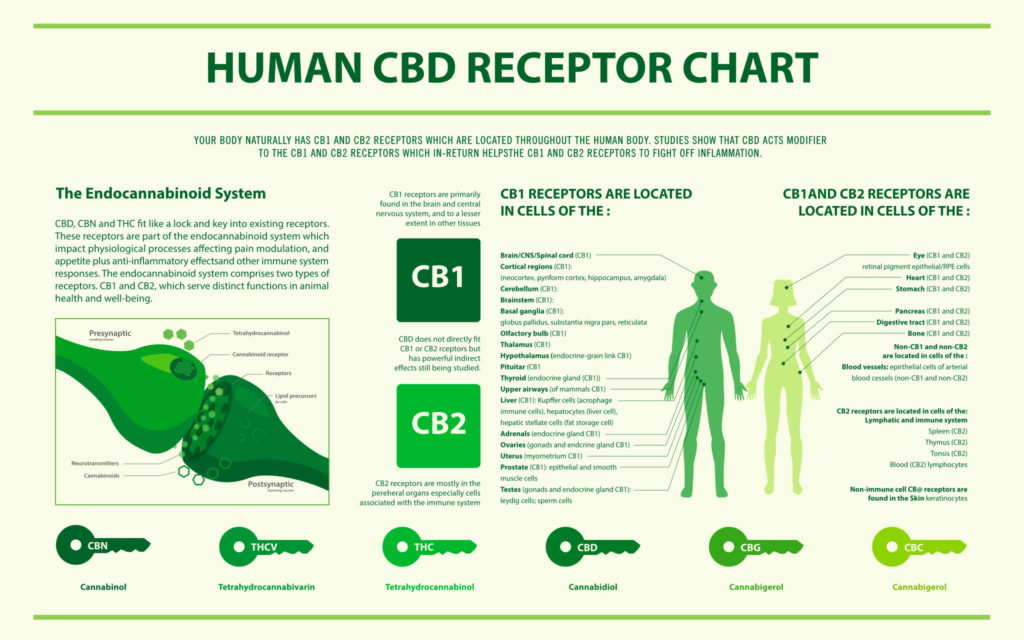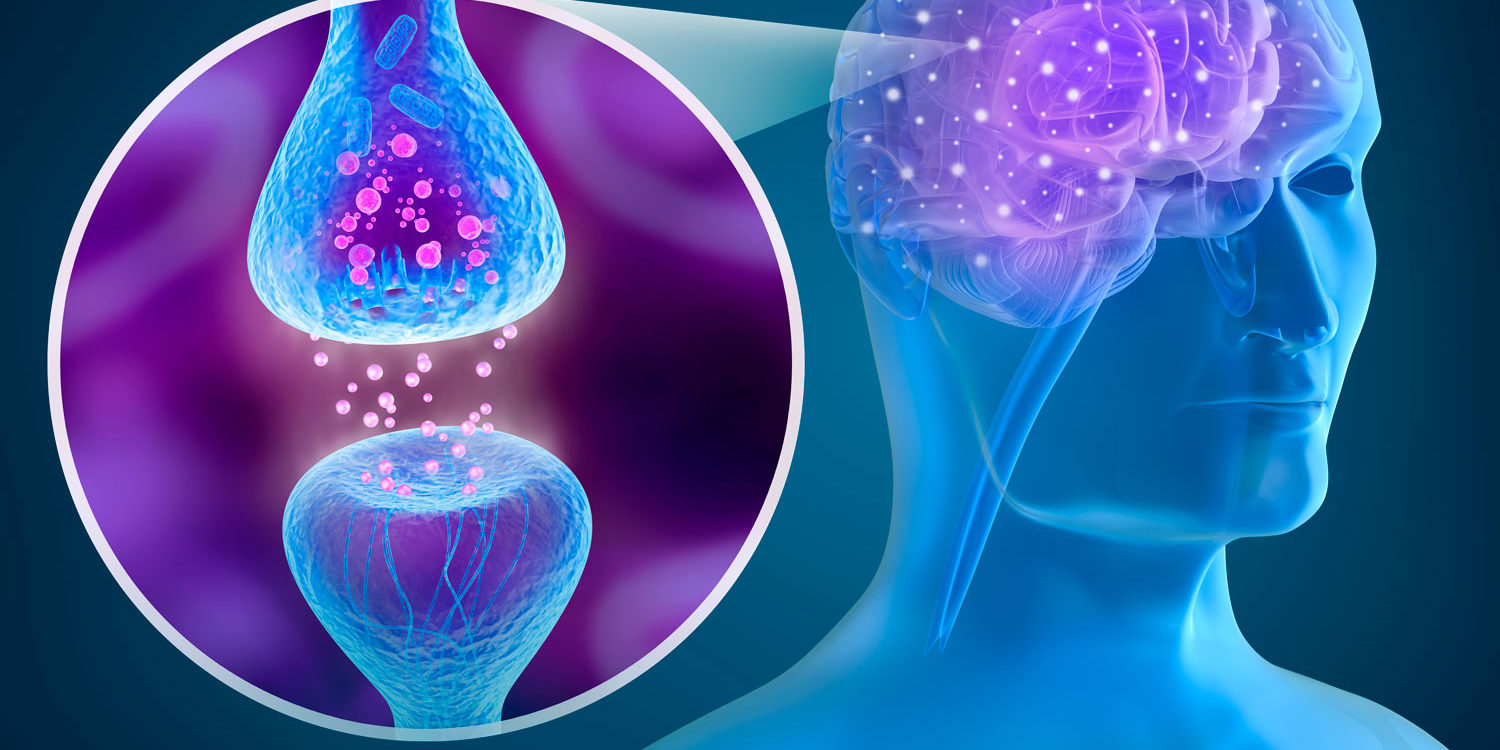So much of life is about balance, whether balancing work and play or stress and relaxation. The human body is no different. Nearly every function in the body is centered on maintaining balance. Our skin sweats to lower the temperature when it gets too hot, or toxins in our blood signal the urinary system to ensure that the toxins are excreted, or to maintain healthy levels of blood pressure our brain sends signals to the heart to speed up or slow down according to the blood pressure. This regulation of balance is known as homeostasis, a constant adjustment toward equilibrium.
As we age homeostasis can be challenging to achieve and regularly failing to do so can negatively impact our health and well-being. These effects can come in the form of sleep loss, weight gain, poor memory, slow metabolism, mood and anxiety, or a weak immune system. Fortunately, our bodies’ have a system in place to help us stay balanced: the endocannabinoid system, or ECS. Using a combination of neuro-receptors, endocannabinoids and enzymes to communicate with cells to make just the right amount of certain chemicals to get closer to homeostasis.

HOW THE ENDOCANNABINOID SYSTEM WORKS
First discovered in the 1990’s by Israeli scientists, the endocananbinoid system has been recognized for regulating many physiological functions of the brain, endocrine and immune systems. The system also influences the body’s energy balance with food intake through the gastrointestinal tract and the central nervous system. ECS has three distinct parts that work in tandem: endocannabinoids, receptors, and enzymes. Its purpose is to help the body maintain homeostasis when certain chemicals are out of balance.
The primary endocannabinoid created within the human body, Anandamide, along with other euphoric neurochemicals bond to receptors found on the cell membranes. When this happens, the endocannabinoid relays a message to the cell to start or stop making a chemical to bring the body back to homeostasis. Once the message has been received, the endocannabinoid is removed from the receptor and broken down by enzymes so the cell doesn’t get too much or too little. These endocannabinoids attach to the same receptors as cannabinoids from cannabis, such as THC and CBD, and they relay similar messages. The two most prevalent naturally occurring endocannabinoids are Anandamide and 2-Arachidonoylglycerol, or 2-AG. Anandamide’s name derives from the Sanskrit word for “bliss” and similar to THC, Anandamide helps bring about a feeling of bliss, a “runner’s high” feeling, similar to feeling good after exercise and an improved appetite. 2-AG acts like CBD. It helps to regulate appetite, assists the immune system functions, and manages pain. The similarities between these endocannabinoids and the cannabinoids THC and CBD does not end there.
The human body is full of receptors, which are called CB1 and CB2, the very same receptors that attach to THC and CBD. CB1 receptors are found mostly in the brain and central nervous system and CB2 receptors are found mostly in the immune system, but both receptors are throughout the body as part of different organ systems. The locations of these receptors are part of what accounts for the different effects of both cannabinoids and endocannabinoids. The cells have different types of receptors to receive messages from a variety of chemicals, including cannabinoids and endocannabinoids. Receptors are like the lock on a door and the chemicals act as keys to open cells to messages. The reason Anandamide and 2-AG attach to the same recepots as THC and CBD is because they have similar enough chemical profiles that fit into the receptors.
The metabolic enzymes that are part of the endocannabinoid system act as the maintenance crew. Their main purpose is to make sure the cannabinoid stays attached to the receptor for the appropriate amount of time and is destroyed once it has done its job. Whether it’s endocannabinoids (naturally occurring) or cannabinoids from cannabis (inhaled or consumed) any other message carrying chemicals, like hormones or neurotransmitters, the amount of time spent attached to a receptor has a significant impact on what happens to the cell. If a chemical releases from a receptor too early, it could lead to a deficiency in a vital substance a cell makes. If a chemical stays attached too long, an unhealthy amount of a substance can be produced by a cell. In both cases, these errors can move a body further away from homeostasis. The enzymes allow the endocannabinoid system to function just right for just the right amount of time, making the system unique in the human body.

MAINTAINING ECS BALANCE
The human body craves balance because a balanced body has the best chance to flourish. If our bodies are out of balance for too long, this imbalance becomes second nature as our bodies learn to adapt to the new conditions. This function may be a holdover from ancient times when humans were more concerned about whether or not they would survive, but at this stage in our evolution, the focus has shifted from surviving to thriving. The endocannabinoid system not only helps us maintain homeostasis, it helps make us the healthiest version of ourselves.
Without the endocannabinoid system functioning properly, we might not feel full even when we’ve had enough to eat or feel like we’ve had too much when we actually need more nutrients. This can foster unhealthy eating habits and obesity. If our immune system does not get the proper amount of endocannabinoid interaction, we are more susceptible to viruses and germs. Persisting illness can interrupt our lives and force us to incur unnecessary healthcare costs. Dealing with the many stresses of life and continual secretion of stress hormones can have harmful effects, and the endocannabinoid system reduces the response to stress and excessive secretion of harmful chemicals. Pain can become unmanageable and in desperation some turn to strong prescription medicine, such as opioids. Endocannabinoids have been therapeutically recognized for their analgesic and pain-relieving properties in a wide variety of pain types. The endocannabinoid system plays an important role in our health and it’s crucial to make sure it is working as it should. While our bodies are built to produce and use endocannabinoids, they do not always make enough, and we can look to cannabis and cannabinoids to make up the difference.
SENSI PRODUCTS TO THE RESCUE
Cannabis, and the cannabinoids it contains are an effective and safe solution for helping to address specific health situations and maintain balance in the human body. Sensi Products makes a family of cannabis infused chocolate caramels, called Sensi Chews, and softgels called Sensi Caps. They contain various combinations of cannabinoids to make the best use of the endocannabinoid system. While there is so much that goes into being healthy, keeping your endocannabinoid system in tiptop shape, with help from Sensi, is a good step toward the happy, healthy life we all seek.
Visit www.sensiproducts.com to learn more about Sensi Products.
Or call 866-814-1814.
“My quality of life has improved a great deal and I’m finally able to care for my family with a smile. Thanks Sensi Chew! “ – NG, Mission Viejo, CA
“I truly love your products, not just for how they help me but for the huge difference they have made in my mom’s life. You guys are doing great work.” – LE, Vallejo CA
REFRENCES
Jikomes, Nick. “What Is the Endocannabinoid System and What Is Its Role?” Leafly, 12 Dec. 2016, www.leafly.com/news/science-tech/what-is-the-endocannabinoid-system.








